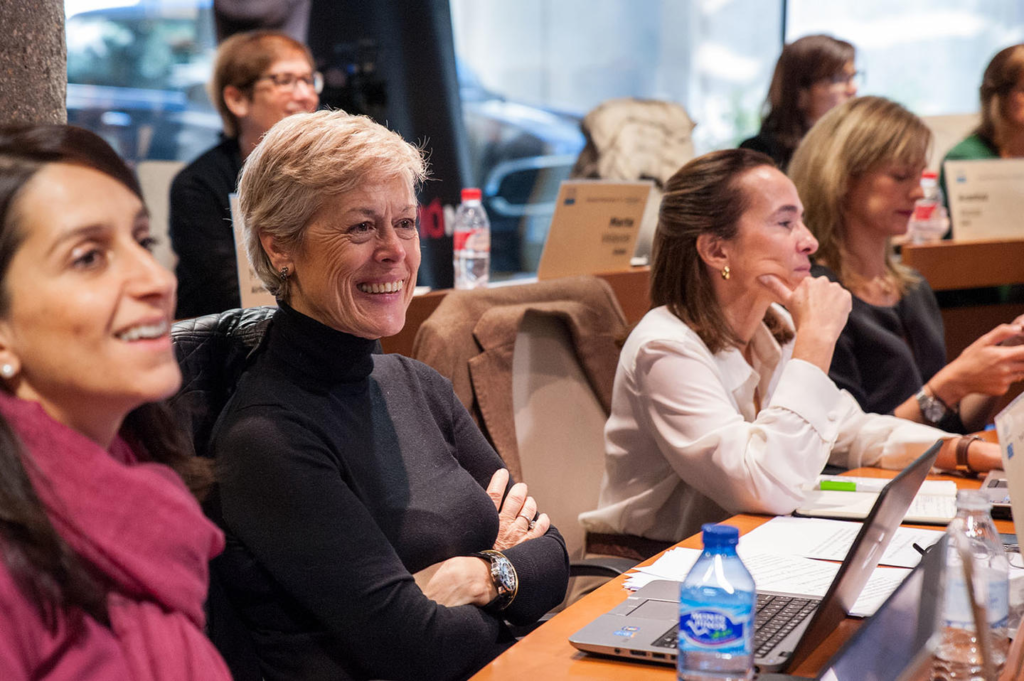Photo caption: Dazzling Ripon Building
Musings by Shekhar Nambiar
The Greater Chennai Corporation’s Ripon Building, not too far from the PuratchiThalaivar Dr MG Ramachandran railway station, looked bright and dazzling in orange this week.
It was lit up on November 25 to mark the UN General Assembly designated International Day for the Elimination of Violence against Women as has been another Chennai icon, the Napier Bridge over the Coovum River linking Fort St George to Marina Beach.

Free women from violence
The colour orange represents a brighter future, free from violence against women and girls.
Also read: A slice of history and Havana
Worldwide one in three women experience violence, domestic or in one form or the other. The pandemic-led lockdown is believed to have triggered violence against women to much higher levels. What is sad is that a lot many cases go unreported and remain confined to the four walls of homes, in good part also due to the stigma women face in reporting incidents.
Women continue to be subject to sexual violence and extreme acts such as domestic attacks and murders.

Charity begins at home
Charity begins at home. It is indeed how we bring up our little boys that their attitude and outlook towards girls will change and eventually make a difference.
This leads us to the next important issue. How much has school education changed in the last five decades?
Also read: The romance of train journeys
On the face of it, not much has changed for students. They still attend twelve years or more of school, go through the same exams mill, and look to scoring high marks and go on to the next phase of education or life. One thing that there’s no dearth of is marks. Perhaps a 58 percent marks 50 years ago is equivalent to 94 to 95 percent marks in aggregate now. What’s more, an overwhelming majority of secondary high school students pass with 98-100 percent marks.

Attitudinal change
All this is fine. But are schools or the school system doing enough to bring about an attitudinal change towards girls.
Also read: A Tale of a Song & Smoke
Just as the system has begun to introduce a lot on the environment and sustainable development issues in the curriculum, elements such as women’s equal role with men in society are all ways to shape and mould young minds to change attitudes.
Violence against women and discrimination against them start quite early on in their life. For a large majority of women, life becomes a struggle even before they get into the matrimonial age.
Visit any rural setting or urban household and it wouldn’t be difficult to see girls being made to cook, wash clothes and do utensils. This then becomes their daily grind till the very end of their lives.
The way women are depicted in literature and films needs to change. Films with themes such as women playing a bigger role, different from the stereotypical image, can help lead to making some difference especially among young impressionable minds.
A change in the traditional mindset has to be brought about, and only then can a difference be made.
Also read: A festival goes global
Chasing their dreams
Most girls, if not all, are unable to chase their dream of going beyond the secondary level. At best, girls in the urban villages or rural pockets are pushed into domestic chores or into pursuing courses such as cookery and tailoring.
Any ambition of making it big in life or career therefore remains a pipe dream for girls.

Global mobilization
The #MeToo movement since the turn of the century has been able to spark a global mobilization in preventing and responding to violence against women and girls.
Also read: Boom town, difficult roads
There has been a surge in awareness and a movement of sorts that has gathered pace to eliminate gender violence.

Women power
There’s a whole lot of factors that lead to the overall improvement of the condition of women in society. In some developed societies, notably in Europe, improvement to women’s position and society overall, including a higher representation in legislatures and consequently to their participation in law-making, have all led to improving GDPs and the economy.
So, it wouldn’t be wrong to conclude that a nation will prosper if women and girls are well cared and provided for. Indeed, their status would reflect in the country’s social indicators and on its well-being.
Also read: Autumn of 1971
(November 25 is International Day for the Elimination of Violence against Women)




